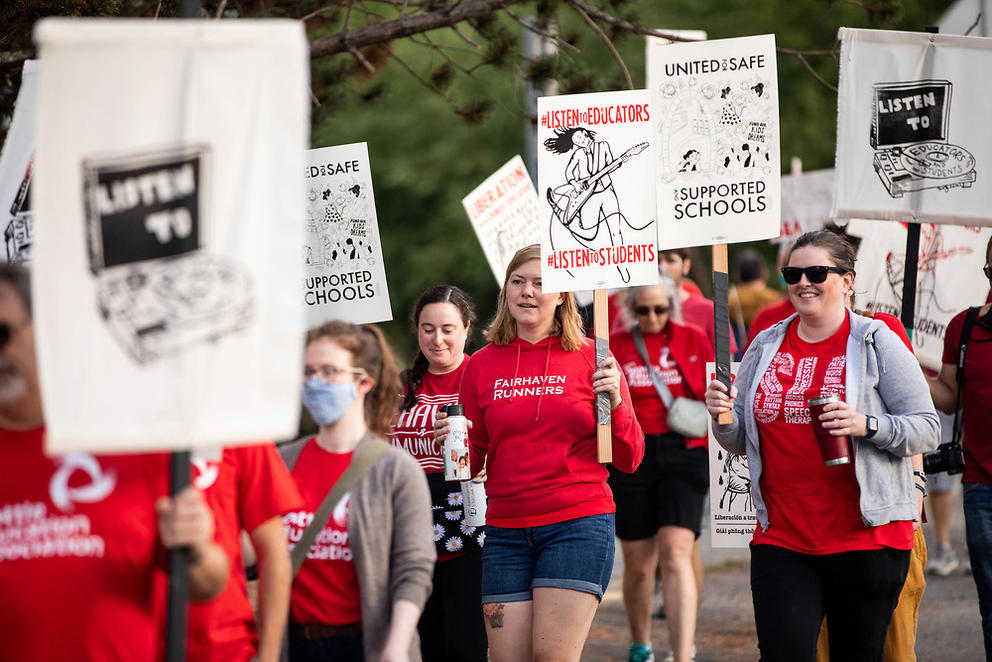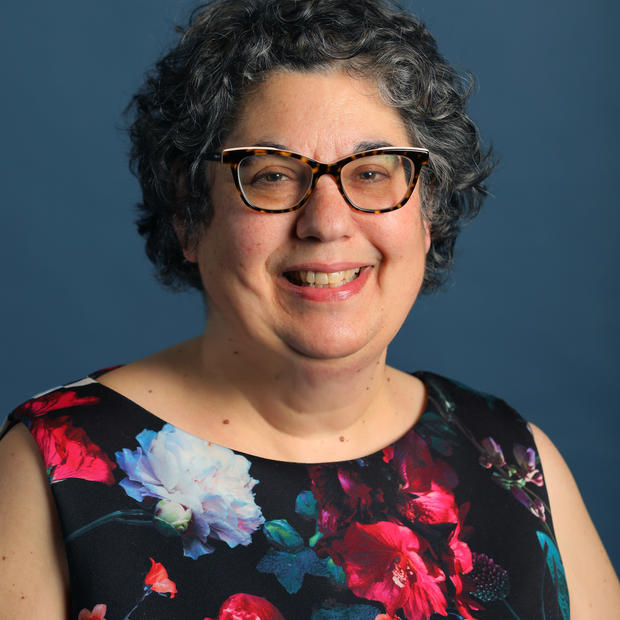While Crosscut won’t be writing about the strike as breaking news (our goal is always to go deeper than daily coverage), we are interested in the negotiations and what the decisions made in Seattle mean for the rest of the state. Seattle Public Schools, as you probably know, is the state’s largest school district. It often leads the way on policy and innovation. And while some issues are common to every school district — from curriculum to attendance and graduation rates — those realities are always bigger in Seattle, with about 52,000 students and 3,700 teachers in more than 100 schools.
During contrant negotiations in Seattle and in a few other districts around the state, we’ll do our best to give you information you’re not reading anywhere else. Our education reporter, Venice Buhain, explored the financial implications of teacher contracts for school district finances. Next she’s working on an explainer about the latest research and practice on how and why districts like Seattle want to integrate more students with different abilities into one general classroom. Venice is also working on a story that updates our previous coverage on student mental health, another issue being discussed in teacher contract negotiations. If you’re curious about other aspects of the strike, please let me know and I’ll get more stories in the works.
I need one more thing from our readers, especially those with children and grandchildren enrolled in a school district experiencing a strike: Tell us how you’re doing and what you’re doing in this unplanned extension of summer break. We may include your experience in a compilation of reader stories. We also welcome reports from the field from our younger readers still enrolled in school.
Thanks, as always, for helping us figure out what is happening in the community.
Get the best stories of the week
This weekly newsletter dives deeper into one story and how it was reported, along with curating the best stories of the week.



